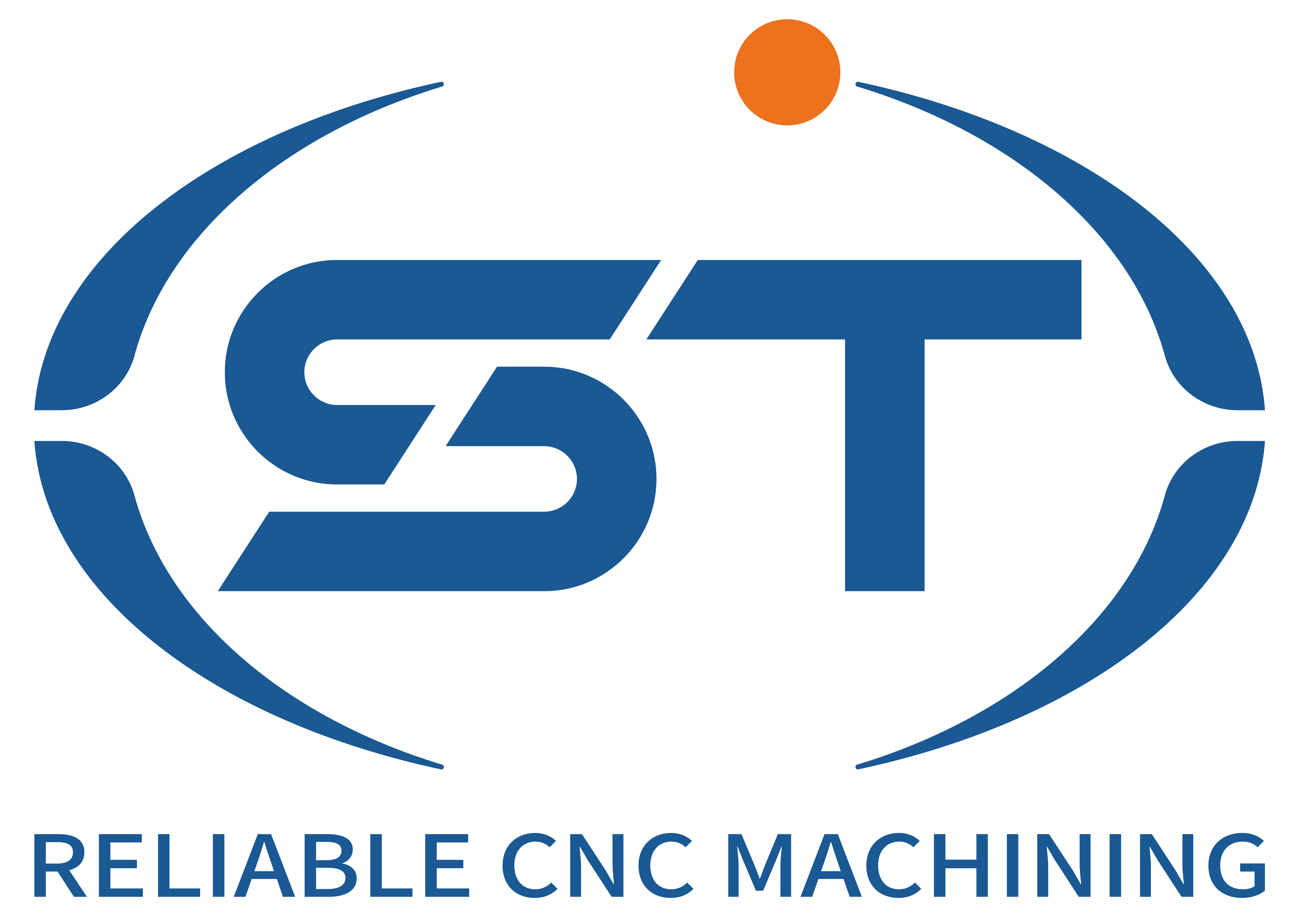Содержание
ПереключениеIntroduction to Eco-Friendly CNC Machining
In recent years, the manufacturing landscape has witnessed a significant shift towards sustainability, with eco-friendly ЧПУ обработки emerging as a pivotal aspect of this transformation. This approach prioritizes environmentally responsible practices and technologies that minimize the negative impact on the environment. As industries become increasingly aware of their ecological footprints, integrating eco-friendly methodologies in CNC machining is not just beneficial; it is essential for long-term viability and compliance with stringent environmental regulations.
The significance of eco-friendly CNC machining is underscored by its ability to conserve resources, reduce waste, and lower energy consumption. By adopting practices such as using biodegradable coolants, enhancing material efficiency through optimized cutting processes, and employing renewable energy sources, manufacturers can significantly reduce their ecological impact. Moreover, these practices align with the global emphasis on sustainable development, appealing to environmentally conscious consumers and contributing to a positive brand image.
As the demand for sustainable manufacturing solutions grows, so does the necessity for businesses to embrace eco-friendly CNC machining. Companies integrating these practices not only cater to consumer preferences but are also poised to gain a competitive edge in the market. Eco-friendly techniques often lead to reduced production costs—through less waste, lower energy expenditures, and potential tax incentives for sustainability initiatives—making them financially attractive as well.
The trend towards eco-friendly CNC machining signifies a broader awareness of manufacturing’s impact on the planet. As industries continue to evolve, the adoption of these sustainable practices will likely play a critical role in shaping the future of manufacturing, ensuring that it aligns with environmental, social, and economic responsibilities.
Understanding Sustainable CNC Machining
Sustainable CNC machining refers to the application of computer numerical control (CNC) technologies in a manner that minimizes environmental impact while maximizing resource efficiency throughout the manufacturing process. Unlike traditional CNC machining, which often emphasizes productivity and cost-effectiveness without regard for sustainability, sustainable practices intentionally integrate environmental considerations into every phase, from design to production and disposal.
One of the fundamental principles of sustainable CNC machining is resource efficiency. This involves optimizing the use of materials and energy in the machining process. By utilizing advanced software and machining strategies, manufacturers can significantly reduce the amount of raw material wasted during production. Moreover, energy-efficient machines and renewable energy sources can enhance the overall sustainability of processes. For instance, the adoption of high-efficiency motors and regenerative braking systems can lead to substantial reductions in energy consumption.
Another key aspect is waste minimization. Sustainable CNC machining emphasizes recycling and reusing materials wherever possible. This includes strategies such as implementing closed-loop systems that allow scrap materials to be reincorporated into the production cycle. By managing machining waste effectively, companies can significantly decrease their ecological footprint while also cutting down on material costs.
In addition to these practices, adherence to ISO standards and certifications plays a vital role in promoting sustainable manufacturing. ISO 14001, for instance, provides a framework for organizations to improve their environmental performance through more efficient use of resources and reduction of waste. Companies that achieve ISO certification demonstrate a commitment to sustainability, fostering a culture of continuous improvement in environmental practices.
Overall, sustainable CNC machining signifies a paradigm shift in manufacturing, where environmental responsibility is integral to operational excellence, leading to both ecological benefits and economic viability.
The Benefits of Green Manufacturing
Green manufacturing encompasses practices that prioritize sustainability, emphasizing the efficient use of resources and the minimization of environmental impact. One of the most significant benefits of adopting eco-friendly approaches in manufacturing is cost savings. By implementing energy-efficient machinery, companies can reduce their energy consumption, leading to substantial decreases in utility bills. For instance, leveraging renewable energy sources, such as solar or wind power, allows manufacturers to lessen their reliance on fossil fuels, further cutting operating costs in the long run.
Moreover, green manufacturing can significantly enhance a company’s brand reputation. In today’s eco-conscious market, consumers are increasingly inclined to support businesses that demonstrate a commitment to environmental stewardship. By adopting green practices, such as reducing waste, recycling materials, and sourcing sustainable components, manufacturers can position themselves as leaders in sustainability, thereby attracting a larger customer base. Companies that actively showcase their eco-friendly initiatives often enjoy increased customer loyalty and positive brand recognition, translating to higher sales and profitability.
Additionally, adhering to environmentally friendly protocols often ensures compliance with various regulations and standards. Many governments are enacting stringent laws aimed at reducing carbon emissions and promoting sustainable practices. By proactively aligning operations with these regulations, manufacturers can avoid costly fines and penalties, as well as maintain eligibility for incentives and grants focused on sustainability. Furthermore, organizations that prioritize green manufacturing are often perceived as more responsible, which can enhance their ability to partner with other like-minded businesses, cultivating a collaborative network dedicated to sustainability.
In conclusion, embracing green manufacturing offers multiple advantages, including cost savings, improved brand reputation, and compliance with regulations. These benefits not only support the environment but also enhance competitiveness within the industry, proving that sustainable practices are both economically viable and socially responsible.
Eco-Friendly CNC Machining Materials
In recent years, the adoption of eco-friendly CNC machining materials has gained significant attention, reflecting the industry’s commitment to sustainable practices. These materials are designed to minimize environmental impacts while maintaining the efficacy and quality essential in manufacturing processes. A range of sustainable options is available, including biodegradable plastics, recycled metals, and natural composites. Each of these materials offers unique properties that contribute to greener manufacturing.
Biodegradable plastics, such as polylactic acid (PLA), are derived from renewable resources like corn starch or sugarcane. These materials decompose over time, significantly reducing waste in landfills compared to traditional petroleum-based plastics. Similarly, natural composites, which combine renewable fibers like bamboo or hemp with biodegradable resins, provide an excellent alternative to synthetic materials. These composites exhibit high strength and durability, making them suitable for various CNC machining applications.
Recycled metals, such as aluminum and steel, are also pivotal in promoting sustainability within the CNC machining sphere. By reusing these materials, manufacturers can significantly reduce the energy consumption associated with producing new products from raw resources. Emphasizing recycled materials in CNC machining not only aids in waste reduction but also helps to diminish greenhouse gas emissions throughout the lifecycle of the products.
The advantages of utilizing eco-friendly CNC machining materials extend beyond environmental benefits. By integrating sustainable materials into their production processes, companies can enhance their brand image, attract eco-conscious consumers, and fulfill regulatory requirements regarding environmental protection. Ultimately, the embrace of these materials leads to a decrease in the overall carbon footprint of the manufacturing sector, highlighting the significance of sustainable practices in CNC machining.
Energy Efficiency in CNC Machining Processes
Energy consumption in manufacturing processes, particularly Computer Numerical Control (CNC) machining, has become a focal point for sustainability goals in the industry. The implementation of energy-efficient practices is essential not only for reducing operational costs but also for minimizing the environmental impact associated with increased energy use. By adopting various strategies and technologies, manufacturers can significantly lower energy consumption throughout their CNC machining processes.
One of the primary approaches to enhance energy efficiency is through the utilization of energy-efficient machines. Modern CNC machines are designed with advanced technologies that consume less power while maintaining high levels of performance. For instance, machines equipped with servo motors and variable frequency drives (VFD) can adjust energy usage based on specific operational requirements, thereby optimizing energy consumption during machining tasks.
Beyond machine selection, optimizing machining processes can also contribute to energy savings. Techniques such as adaptive control systems allow for real-time monitoring and adjustment of machining parameters, which can minimize wasted energy by ensuring that the machines operate at their most efficient settings. Additionally, implementing tooling strategies that maximize the cutting tool lifespan and efficiency can lead to reduced energy use while maintaining product quality.
Investing in renewable energy sources further supports energy efficiency in CNC machining. By incorporating solar panels or wind technologies, manufacturers can power their facilities with green energy, thus reducing reliance on fossil fuels and decreasing greenhouse gas emissions. An exemplary case study is that of a CNC machining facility that integrated solar energy into their operations, resulting in a 30% decrease in energy costs and a substantial reduction in their carbon footprint.
In conclusion, energy efficiency in CNC machining is vital for fostering sustainable manufacturing practices. Through the selection of energy-efficient machines, optimization of machining processes, and investments in renewable energy sources, manufacturers can significantly reduce energy consumption and promote environmentally-friendly operations.
Waste Management and Reduction Techniques
In the context of CNC machining, effective waste management and reduction techniques play a pivotal role in promoting sustainability within the manufacturing industry. One of the foremost practices involves recycling scrap materials generated during the machining process. By reprocessing metal shavings, excess cuts, and remnants, manufacturers can significantly minimize waste. This not only contributes to a more sustainable production cycle but also can lead to cost savings by reducing the need to purchase new raw materials. Establishing partnerships with recycling organizations further enhances this practice, ensuring that scrap materials are redirected from landfills into useful applications.
Another critical technique to mitigate waste is to reduce excessive cutting. This can be achieved through careful planning of machining operations, optimizing tool paths, and selecting appropriate tools for specific tasks. By utilizing advanced software for simulation and analysis, manufacturers can identify the most efficient machining strategies, thereby reducing material wastage. Additionally, employing high-quality cutting tools can extend their lifespan and improve performance, further minimizing unnecessary waste and production costs.
Implementing just-in-time (JIT) manufacturing strategies is another effective approach to waste reduction in CNC machining. The JIT method focuses on producing components only when needed, thus limiting excess inventory and reducing material waste. This approach fosters a more agile manufacturing environment, allowing businesses to respond quickly to changes in demand while keeping inventory levels manageable. Embracing a zero-waste manufacturing model can lead to a transformative shift in operational practices, driving both environmental benefits and cost efficiency. As organizations strive towards sustainable practices, prioritizing waste management techniques is essential, ultimately enhancing overall production efficacy.
Implementing Eco-Friendly CNC Machining in Your Business
Adopting eco-friendly CNC machining practices is a vital step towards sustainable manufacturing. Businesses seeking to make this transition can follow a systematic approach to minimize their environmental impact while maintaining operational efficiency. The first step is to conduct a comprehensive assessment of existing processes. This evaluation should identify areas where energy consumption and waste can be reduced. By understanding the current operational footprint, businesses can better target interventions.
Next, integrating advanced technologies is essential. Utilizing energy-efficient CNC machines can significantly reduce energy usage. Modern CNC machines designed with sustainable practices in mind often consume less power and generate less heat, which translates to lower energy bills. Furthermore, investing in software that optimizes tool paths can enhance precision, reducing material waste during production. Companies may also consider adopting renewable energy sources, such as solar or wind, to power their operations, further diminishing their carbon footprint.
Materials selection is crucial for eco-friendly CNC machining. Businesses should prioritize sustainable materials—such as recycled metals and bio-based plastics—in their production processes. This not only helps to minimize waste but also contributes to a circular economy. Additionally, sourcing materials from local suppliers can reduce transportation emissions, enhancing overall sustainability efforts.
Employee training is another vital component in this transformation. Ensuring that all employees are aware of sustainable practices and the importance of eco-friendly CNC machining can foster a culture of sustainability within the organization. Regular workshops can keep staff informed about best practices and emerging technologies. However, challenges may arise, such as resistance to change or financial constraints. To address these, companies can start with small, incremental changes and seek out grants or partnerships focused on sustainability improvements.
By following these strategies, businesses can align their CNC machining practices with eco-friendly ideals, leading to sustainable operations and a reduced environmental impact.
Case Studies of Successful Eco-Friendly CNC Machining
In recent years, several companies have adopted eco-friendly CNC machining practices that not only promote sustainability but also yield positive outcomes for their operations. One notable case is that of a leading automotive parts manufacturer, which implemented a comprehensive waste reduction strategy. By utilizing advanced CNC machining technology, this company was able to minimize material waste through efficient design and programming. As a result, they achieved a 30% reduction in scrap material, significantly lowering their environmental footprint while also cutting costs.
Another exemplary case involves a furniture manufacturer that invested in energy-efficient CNC machines powered by renewable energy sources. Transitioning to wind and solar power for their operations not only reduced their reliance on fossil fuels but also enhanced their brand image as a green manufacturer. The company reported a 40% decrease in energy consumption by optimizing their CNC machining processes, showcasing that ecological responsibility can go hand in hand with business growth.
A third case study highlights a small electronics firm that focused on implementing biodegradable materials in its multi-axis CNC machining operations. Their approach to sourcing sustainable materials not only contributed to reduced pollution but also opened new market segments that value eco-friendly products. This strategic shift resulted in a 20% increase in sales as environmentally conscious consumers sought out their products, thus demonstrating the broad appeal of sustainable practices.
These case studies illustrate the multifaceted benefits of eco-friendly CNC machining. By leveraging innovative technologies and sustainable practices, companies can enhance operational efficiencies, reduce their environmental impact, and improve profitability. Such initiatives serve as a powerful reminder that commitment to sustainability is increasingly becoming an essential aspect of modern manufacturing that benefits both businesses and the planet. The success of these firms offers valuable lessons for others in the industry looking to adopt more responsible manufacturing practices.
Conclusion: The Future of Eco-Friendly CNC Machining
In summary, the evolution of eco-friendly CNC machining practices represents a significant shift in the manufacturing landscape. As industries face increasing pressure to reduce their environmental impact, the adoption of sustainable practices has become crucial. The discussion highlighted various strategies that manufacturers can implement to enhance sustainability. These include the utilization of renewable energy sources, the incorporation of biodegradable materials, and the optimization of machining processes to minimize waste and energy consumption.
Moreover, technology plays a pivotal role in steering the future of eco-friendly CNC machining. Innovations in software and machine design have facilitated more precise operations, allowing for reduced material waste and improved efficiency. Manufacturers are now equipped with advanced tools that enable them to monitor and adjust their processes in real-time, ensuring optimal performance while adhering to sustainability standards. This technological advancement not only demonstrates commitment to the environment but also enhances the overall competitiveness of manufacturers on a global scale.
Encouragingly, many companies are transitioning towards greener practices, not merely due to regulatory requirements but driven by a desire to contribute to environmental stewardship. As consumers become increasingly aware of sustainability issues, manufacturers who prioritize eco-friendly approaches could gain a significant market advantage. The future of eco-friendly CNC machining lies in a collaborative effort among manufacturers, clients, and technology providers to innovate and share best practices. By embracing these sustainable solutions, the manufacturing industry can thrive while considerably reducing its ecological footprint. Ultimately, the journey towards greener CNC machining is not just a trend—it’s an essential evolution toward a more sustainable future.




